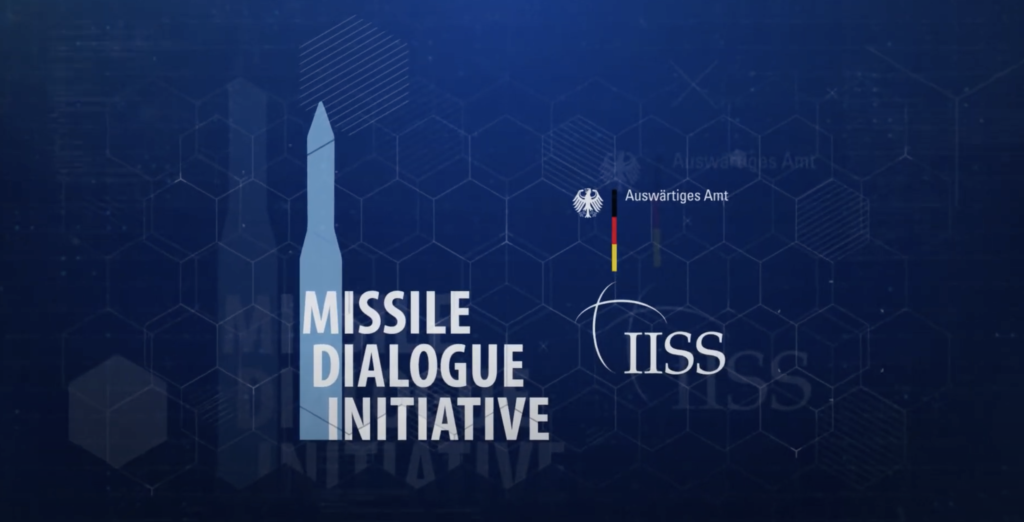
(Remarks made at the 2nd meeting of the IISS Missile Dialogue Initiative hosted by IISS London, 7-9 Sep 2020)
India and Pakistan are improving their nuclear inventories and developing new weapon systems, but the scope and pace of their developments suggest that the two South Asian adversaries, even if considered to be embroiled in an arms race – are moving on two different trajectories. India is embarked on a military modernization spree and is preparing to fight a ‘two-front war’ – with Pakistan and China, but for now its conventional as well as nuclear posture remains mostly Pakistan-specific. Notwithstanding the commonly held perception of a ‘triangular’ competition between India-China and Pakistan, the regional dynamics can best be analysed as a set of two asymmetric dyads i.e. India-China and India-Pakistan.
Emerging Doctrines in South Asia. India’s relatively new military doctrines of ‘Cold Start’ and ‘Surgical Strikes’ aim to exploit space below Pakistan’s strategic threshold and fight a limited war. In response, Pakistan introduced short-range ballistic missiles (SRBMs) and developed conventional responses, as part of what is now known as the Full Spectrum Deterrence (FSD) posture, mainly to maintain the credibility of its nuclear deterrence against India’s evolving conventional as well as nuclear postures.
The development of SRBMs by Pakistan was seen by many external observers as a ‘nuclear war fighting strategy’, and comparisons were drawn with NATO’s experience and Russia’s ‘alleged’ doctrine of ‘escalate to de-escalate.’ While some of the lessons from the Cold War and NATO remain valid for South Asia, but there exist significant differences that needs to be understood before reaching any conclusions.
One, India and Pakistan share geography – any use of nuclear weapon by either side will have consequences for both the countries, and therefore remains a major retraining factor on both the sides. Two, none of the two adversaries enjoy nuclear superiority over the other, which could otherwise provide incentive to fight and win a nuclear war. Three, notwithstanding India’s conventional military advantage, Pakistan has developed credible conventional responses, as was seen during the 2019 military crisis; therefore, the use of nuclear weapon would only come as a last resort measure.
Emerging Technologies and the Risk of Entanglement
BMD System. Due to close geographic proximity, ballistic missile defence (BMD) systems are unlikely to work in South Asia. India, nevertheless, is developing a missile shield that could offer incentive to its decision makers for a pre-emptive first strike against Pakistan. This in turn could compel Pakistan to take remedial measures to ensure the credibility of its deterrence posture, especially taking into consideration the ongoing debate within India on the need to review its ‘No First Use’ posture.
Hypersonic Weapons in South Asia. HGVs could arguably provide advantage against missile defenses due to their speed and manoeuvrability, but none of India’s two main adversaries (Pakistan and China) have demonstrated serious interest in developing a missile shield, which could otherwise justify the acquisition of hypersonic weapons. It is quite likely that India’s hypersonic ambition is driven by its desire to be recognized as a technologically advanced military power.
Hypersonic weapons are believed to be quite effective against mobile ground-based nuclear forces that otherwise are difficult to target. There could be a possibility that in a future military conflict, the Indian military planners could employ these weapon systems against Pakistan’s short-range ballistic missiles (SRBMs) ‘Nasr’ for two apparent reasons: One, it will deter Pakistan from the early deployment of its tactical nuclear weapons and create space for India’s Cold Start Doctrine (CSD); and secondly, the use of hypersonic weapons with conventional warheads, from an Indian perspective, could reduce the justification for nuclear retribution from the Pakistani side.
In response to these relatively new developments and to maintain the integrity of its deterrence posture, it is quite possible that Pakistan may move its nuclear capable missiles to a higher alert status – to avoid ‘use-it or lose-it’ dilemma.
Conclusion. The ongoing nuclear and missile developments in South Asia is a source of concern due to the nature of India-Pakistan relations and the growing frequency of military crises between the two nuclear armed adversaries. Introduction of new technologies, including anti-satellite (ASAT) and hypersonic weapons, and the emerging behaviour of nuclearism, as was seen during the 2019 military crisis, when the Indian PM hurled nuclear threats – may push the region towards further instability.
Notwithstanding the current negative trajectory, India and Pakistan have a history of negotiating nuclear CBMs. Some of these include, pre-notification of missile tests and non-attack on each other’s nuclear facilities. Keeping this in view, it is possible that if encouraged by major powers, both India and Pakistan could agree to resume their CBM process. Amongst some of the immediate issues, both countries could start discussion on non-deployment of ABM systems, moratorium on ASAT and hypersonic weapons, since these systems increase the risk of nuclear and conventional entanglement in South Asia. India, nevertheless, remains reluctant to engage with Pakistan and want China to join a trilateral initiative, which is mainly a justification to avoid engaging in any arms control measure that could limit India’s military modernization program.
![]()

Be the first to comment